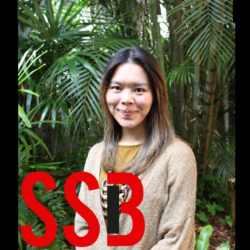Free Online Course Reveals The Art of ChatGPT Interactions
You’ve likely heard the hype around artificial intelligence, or AI, but do you find ChatGPT genuinely useful in your professional life?
If not, or if your yes is a bit tentative, consider taking a new and free online course on how to master interacting with ChatGPT. The course, taught by Leo S. Lo — dean and professor at the College of University Libraries and Learning Sciences at the University of New Mexico – is hosted by Sage Campus. (Sage is the parent of Social Science Space.)
If your institution has access to Sage Campus, the course is available on its platform. If you do not have access to Sage Campus, you can take the course on its demo hub.

The short and practical course was developed by Lo, an expert on AI literacy, around his CLEAR framework (Concise, Logical, Explicit, Adaptive, and Reflective), a robust approach for developing generative AI prompting skills. The course covers:
- How pattern recognition powers AI conversations
- How to use a specific framework (and the CLEAR principles) to have effective AI interactions
- How to use simple but effective prompt engineering skills to generate more coherent AI dialogues
“Many of us want to use ChatGPT effectively, but we get stuck on the prompting!” commiserates Rachel Crookes, associate director of Sage Campus. “And if we can’t write quality prompts then we won’t get quality outputs. We made this course to empower learners to get the results they need from ChatGPT – and above all, use it effectively and ethically.”
Quality prompts need to be concise, logical and explicit. Using a mix of practical activities and examples, the course offers practice writing and refining prompts for different scenarios, tips and hacks for supercharging your prompts, and guides to what ChatGPT can give you.
Lo’s work centers on integrating AI into library services and advancing AI literacy. He leads the University of New Mexico’s AI Empowerment Initiatives, meant to elevate AI literacy and teach intelligent, responsible use of the technology.


























































































